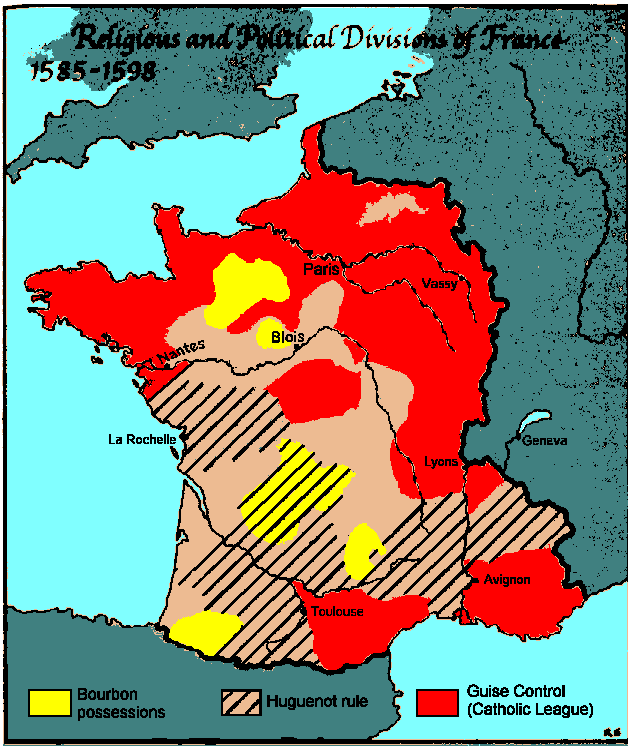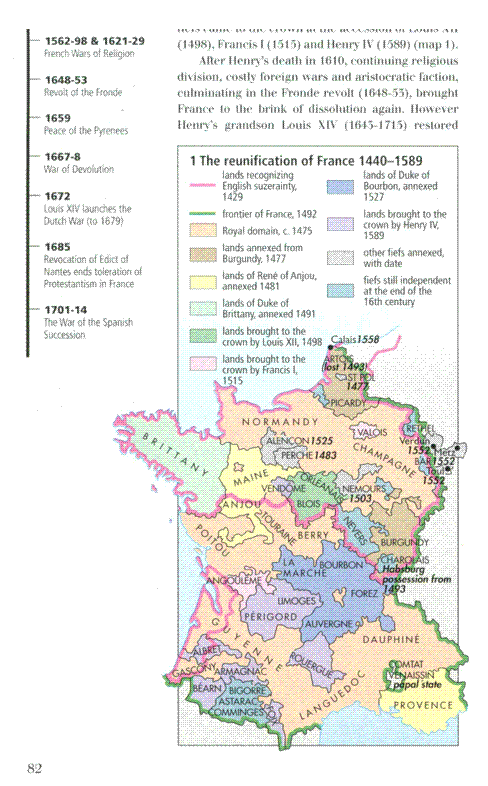Code:
The Evaluation Algorithm is in four steps, to be applied in order.
Each step might produce three results:
determines C or N
This step determines a "crisis" or "non-crisis" result,
respectively, and there is no need to perform any more steps
(although in practice we often do so for illustrative
purposes)
supports N or C
This step supports a determination of N or C, but it is not
determinative, so more steps must be performed.
can't be determined (usually because of lack of historical
information)
If different steps produce conflicting results, then the first step
which produces the "determines x" result is the one that counts.
Evaluation algorithm.
**** Step 1: Evaluate Historical significance.
Determine whether the general public in a nation or society
remembers the war, remembers what the war was about, remembers
why the war was important. In America today, the Korean War is
all but forgotten, so it can't be a crisis war, but most people in
the general public have some idea of the significance of the
Revolutionary War, the Civil War and World War II. However, a
large historically significant war must still be evaluated for
each participant separately, since it might be a non-crisis war
for some participants.
Evaluation:
Historically significant war -- supports C
Forgotten war -- determines N
**** Step 2: Determine intensity of genocidal violence
A political war might be fought for a logical reason, but a
crisis war is fought for visceral emotional reasons, for blood
lust, for vengeance, to prove that you can make your enemy pay
for his mistakes. Here are some of the factors that indicate
that a war exhibits what I call "genocidal violence":
highly secretive mobilization, with the intent to from other
countries the war intention
massive surprise attack on the enemy
a pursued desire for "ethnic cleansing"
a sustained program of mass murders, mass rapes, massacres,
destruction of entire towns (with inhabitants),
forced relocation of huge populations of people -
sustained over a period of months (a single battle
doesn't count)
nation at end is "devastated" or perpetrates devastation
a "D-Day" type mass assault, a willingness to sacrifice ones
own forces for victory
"spiraling out of control"
a refusal to capitulate, a willingness to fight to the death,
even when defeat is almost certain
Note that a crisis war may begin slowly, with some political
hesitation, and both participants may continue to hope that the
war will be resolved peacefully. But a crisis war will gather
energy as time goes on, leading to an extremely violent
conclusion. It's the violence conclusion that's typical of a
crisis war.
Evaluation:
High genocidal violence - determines C
Intermittent, stalemated, low-level violence - supports N
**** Step 3: Determine level of political considerations
Some wars are pursued for political considerations, while others
are pursued for visceral feelings of fury and hatred. A judgment
must be made of the level that politics plays in the conduct of
the war.
Here are some factors that indicate that a war is highly
politicized:
use of reasonable triggering political objectives for initial
mobilization or termination ("we won't invade if you
withdraw from Kuwait" or "we've driven you from
Kuwait so we'll stop now")
exogenous cause of the war (peace treaty, invasion by someone
else)
"top-down war" - initiated by politicians with little
sustained public support
"revanche," rather than revenge
open and non-secret mobilization, without exceptional speed
strong antiwar or pacifist movement
lots of political controversy, little political unity
political pauses (such as "Christmas truces")
stalemates
willingness to capitulate before necessary
desire to save lives rather than fight to the death
A war may be somewhat politicized at the beginning, but whether
it's a highly politicized war depends on whether the
politicization continues to the end.
Evaluation:
Highly politicized war -- determines N
Nonpolitical pursuite of war -- supports C
**** Step 4: Determine resolution
After a crisis war, it's everyone's desire to see that "nothing
like that must ever happen again," and this should be the
overriding feeling. As a result, the participants will impose
painful compromises whose intention is to prevent another war for
as long as possible. These compromises may be imposed by the
victor on the loser, or they may be imposed by international
conference or treaty. Usually these compromises lead to
substantial changes in the nature of the nation itself (such as
America's 1945 "decision" to change from an isolationist nation
to "policemen of the world.")
Probably the most common form of crisis war resolution or
imposition is the adjustment and assignment of national boundaries
to match populations on the ground, so that further war will be
unnecessary, at least for a few decades. But the motivation must
be to prevent another major war.
In non-crisis wars, there is usually no such resolution.
Sometimes there is an international conference or an imposed
resolution, but either the resolution does nothing, or else its
purpose is to punish or to exact reparations. If this is the
motivation of the resolution, then it's likely to be a non-crisis
war. (And incidentally it's also likely that the punitive
impositions will lead to a crisis war in a decade or two.)
Evaluation:
Painful resolution to prevent future war: supports C
Resolution imposes punishment or reparations: supports N
Sincerely, 




